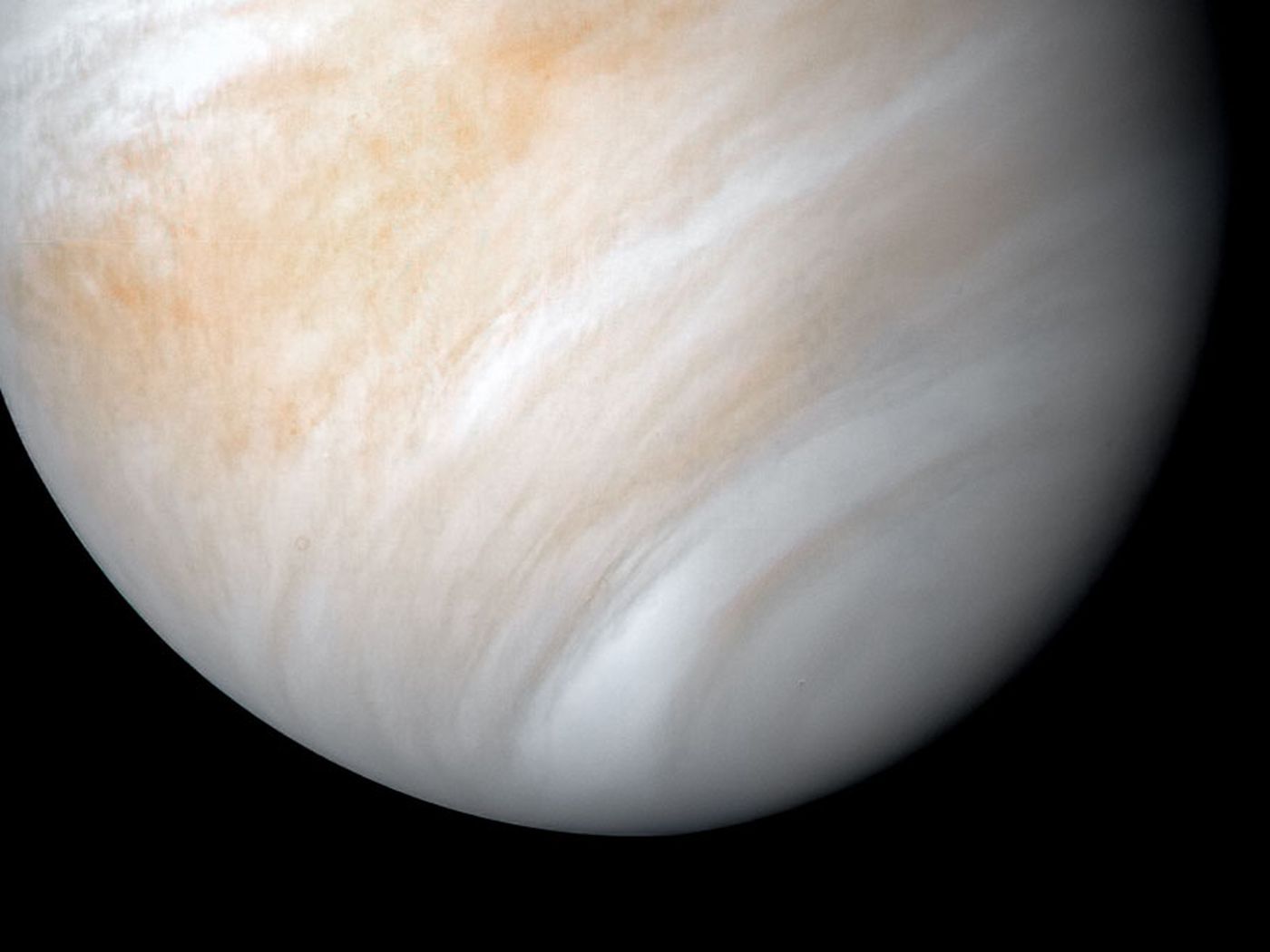
Researchers had discovered a “heat wave” extending across 10 Earth-diameters in the atmosphere of our solar system’s biggest planet, Jupiter. In other words, Jupiter’s atmosphere is hundreds of degrees hotter than previously thought.

The first picture of Neptune to be taken by NASA's James Webb Space Telescope reveals the latest, greatest details of the ice giant's atmosphere, moons, and rings in infrared wavelengths.

NASA scientists said Thursday the Mars Perseverance rover found biologically-interesting rocks in an ancient lake bed that could indicate microbial life existed on the red planet billions of years ago.

An icy moon torn apart in Saturn’s gravitational field some 150 million years ago could explain why the planet’s rings are so young and a host of other puzzles.

A machine called MOXIE, stowed away on NASA’s Perseverance rover, can reliably convert carbon dioxide into a small tree’s worth of oxygen. During various tests, MOXIE steadily breathed in Martian atmosphere and breathed out at least six grams of oxygen an hour.

Estimated to be magnitude 5, the quake is the biggest ever detected on another planet. This adds to the catalog of more than 1,313 quakes InSight has detected since landing on Mars in 2018.

According to new evidence obtained by the orbiter element of the joint European-Russian ExoMars mission, there is plenty of water ice at the bottom of Valles Marineris mixed with Martian soil - regolith.

The results from Mars simulations, Project Sirius and project Mars-500, showed worrisome outcome - the astronauts become detached from mission control and almost autonomous with time.

New findings from NASA's Juno probe orbiting Jupiter provide a fuller picture of how the planet's distinctive and colorful atmospheric features offer clues about the unseen processes below its clouds.

New research suggests that water never condensed and that, consequently, oceans never formed on the surface of Venus. One of the main reasons for this is the clouds that form preferentially on the night side of the planet.

The most powerful previously detected quakes occurred in the Cerberus Fossae region on Mars, where lava may have flowed in the geologically recent past.

Scientists have long noticed an absence of ammonia in the atmospheres of Uranus and Neptune. Scientists now think that ammonia in the upper atmosphere formed “mushballs” by merging with water.

The first research paper from Perseverance rover team was published lately. It shows that Jezero Crater on Mars was probably the site of some violent floods.

Other rovers have also experience dust devils, but Jezero crater, Perseverance’s landing site, seems to have a high occurrence of dust devils.

The impact on Jupiter was reported by both amateur and professional astronomers. The object’s diameter is estimated at 20 meters and it is believed to be the remnant of a larger comet or asteroid.